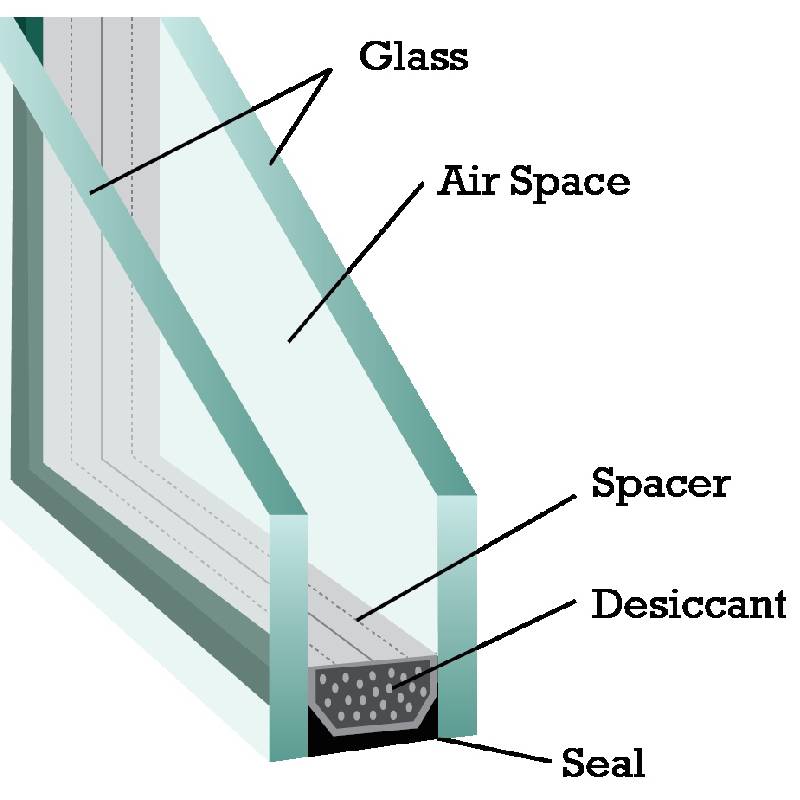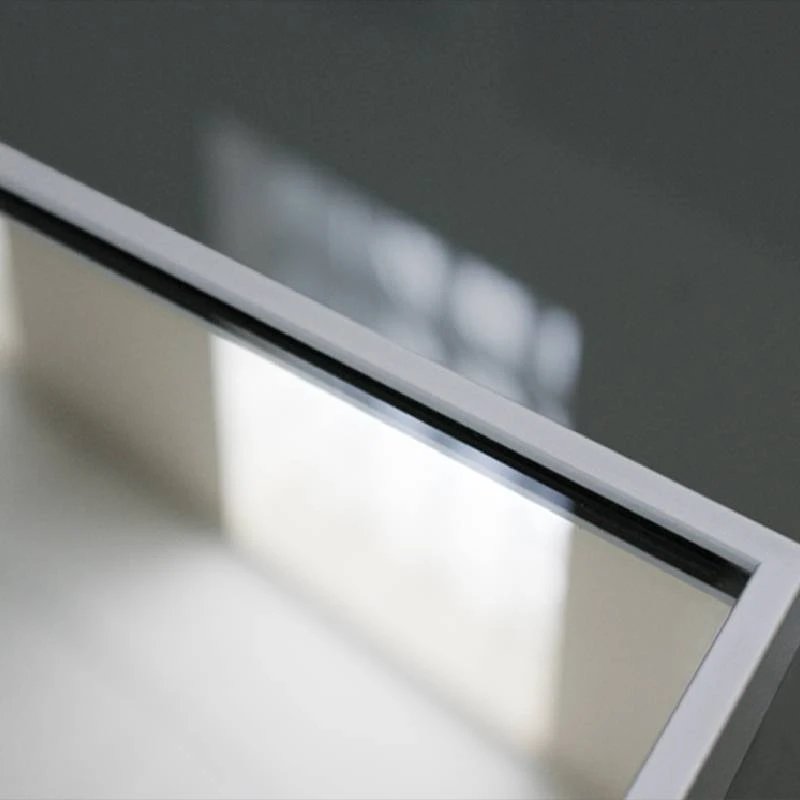

Annealed float glass, a staple in the realms of construction and design, represents the nexus of durability, clarity, and versatility. This glass type undergoes a meticulous manufacturing process that involves slowly cooling molten glass to remove internal stresses, ensuring a product that is both robust and stable. Professionals in the industry continuously extol its virtues across myriad applications, from architectural marvels to everyday fittings.

A core advantage of annealed float glass is its exceptional optical transparency. This clarity ensures that the glass facilitates maximum light transmission while minimizing any visual distortion. In environments where aesthetic and functional transparency is paramount, such as in modern office buildings or serene residential spaces, annealed float glass stands unrivaled. This crystal-clear visibility enhances spatial perception, creating open and inviting atmospheres that are both functional and luxurious.
Annealed float glass's structural integrity is another persuasive factor for its widespread use. Unlike tempered or laminated glass, annealed float glass can be easily cut, drilled, and shaped, accommodating bespoke designs without compromising quality. This flexibility allows for custom installations, catering to the aesthetic whims of architects and designers while maintaining safety standards. However, it’s essential to acknowledge that annealed float glass, while adaptable, lacks the shatter resistance of its tempered counterpart—a consideration when selecting materials for high-risk impact areas.

The economic aspect of annealed float glass further augments its appeal. Compared to other glass types, it is cost-effective, making it an ideal choice for large-scale projects where budget constraints exist. This affordability does not detract from its quality; rather, it enables a balance between financial prudence and high-end design. In markets where competition is fierce, offering superior quality at competitive prices, annealed float glass provides businesses with an unmatched edge.
Environmental considerations are also at the forefront when evaluating building materials. Annealed float glass boasts recyclability, reducing its overall environmental impact and contributing to sustainable building practices. As global consciousness leans toward eco-friendly solutions, adopting materials like annealed float glass aligns with these values, fostering an ethical approach to construction and design. This sustainable attribute assures stakeholders of its ecological responsibility and enhances a project's LEED certification potential.
The use of annealed float glass extends beyond aesthetics and into functional safety domains. In scenarios where fire resistance is crucial, annealed float glass can be treated to enhance its performance, providing a vital barrier that slows the spread of flames and smoke. This fire retardant property is indispensable in constructing safe spaces, particularly in commercial and industrial infrastructures where fire safety is a priority.
In summation, annealed float glass is a testament to the fusion of design, functionality, and sustainability. Its transparent clarity and ease of customization make it an ideal choice for modern constructions. Whether crafting signature architectural features or equipping functional office spaces, annealed float glass provides a flexible, economical, and eco-friendly solution that does not sacrifice quality for cost. By choosing annealed float glass, industry professionals underscore their commitment to excellence, reflecting a nuanced understanding of material benefits and applicative potentials. As the market evolves, embracing materials like annealed float glass ensures structures are not only visually stunning but also robust, safe, and environmentally sound, thus opening the path to innovative and responsible building practices.